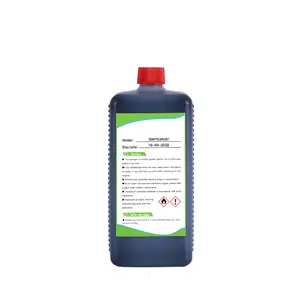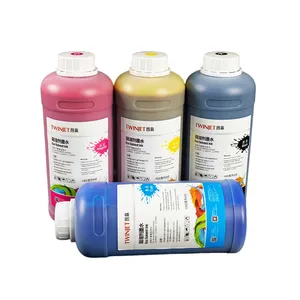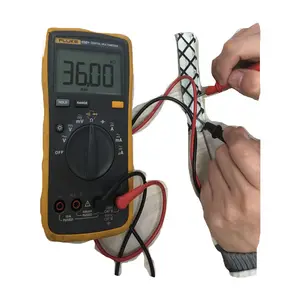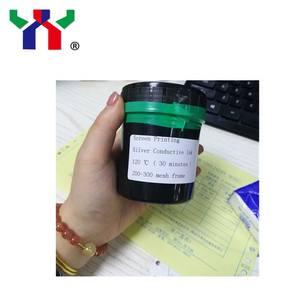Exploring Conductive Ink
Conductive ink, a cornerstone in the realm of electronic inks, plays a pivotal role in the fabrication of electronic components and circuits. This specialized ink is infused with conductive materials, such as carbon or metal particles, to facilitate electrical conductivity when printed onto various substrates. Its versatility allows for its use in a wide array of applications, from printed electronics to PCB (Printed Circuit Board) production.
Types and Applications
The landscape of conductive ink is diverse, with formulations like carbon inks and silver inks leading the market. Silver conductive ink is renowned for its superior conductivity and is frequently utilized in high-frequency RFID tags and antennas. On the other hand, conductive carbon ink is sought after for its cost-effectiveness in applications such as membrane switches and capacitive touch screens. For PCB manufacturing, carbon ink for pcb and copper conductive ink are commonly employed due to their excellent adhesion and conductivity properties.
Features and Materials
The composition of conductive inks like silver nanoparticle ink and graphene conductive ink is meticulously engineered to meet specific conductivity requirements. Silver nano ink, for instance, contains minuscule silver particles that offer a high degree of conductivity and stability, making it ideal for intricate circuitry. Graphene ink, celebrated for its flexibility and strength, is a rising star in flexible electronics. These inks are formulated to be compatible with various printing techniques, including conductive inkjet ink for desktop printers and screen printing silver ink for commercial-scale production.
Advantages and Considerations
The use of conductive inks, such as electrically conductive ink or conductive ink for inkjet printer, offers numerous advantages. They enable the creation of complex circuits on a range of substrates, both rigid and flexible, which is essential for modern electronics. Additionally, conductive ink printing is a more environmentally friendly alternative to traditional etching methods used in electronics manufacturing. When selecting a conductive ink, considerations should include the substrate compatibility, curing requirements, and the intended application's conductivity demands.
Choosing the Right Conductive Ink
Selecting the appropriate conductive ink is crucial for the success of any project. For instance, conductive ink for pcb is specifically formulated to endure the thermal stresses of PCB processing. In contrast, conductive ink pcb applications may require inks that can be precisely deposited via conductive ink printer technologies. It is essential to match the ink properties with the printer's capabilities and the functional requirements of the final product.
Conclusion
In conclusion, the realm of conductive inks is rich with possibilities, offering solutions for a multitude of electronic applications. By understanding the various types, features, and advantages of these inks, businesses can make informed decisions to meet their specific needs. Alibaba.com serves as a gateway to a vast selection of conductive ink options, connecting buyers with a global network of suppliers.







































 浙公网安备 33010002000092号
浙公网安备 33010002000092号 浙B2-20120091-4
浙B2-20120091-4